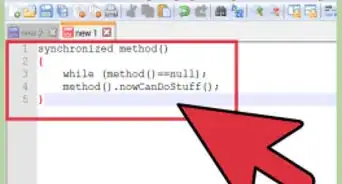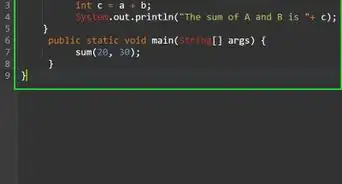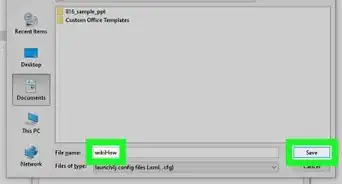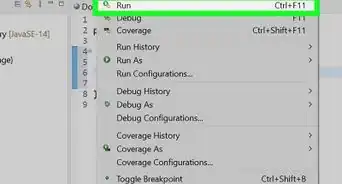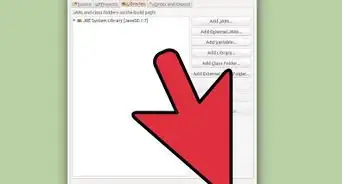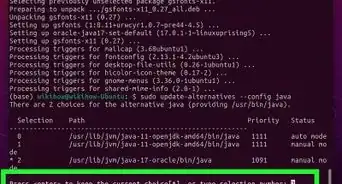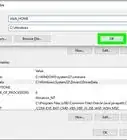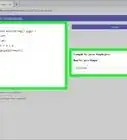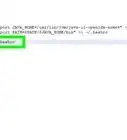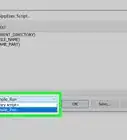wikiHow is a “wiki,” similar to Wikipedia, which means that many of our articles are co-written by multiple authors. To create this article, 15 people, some anonymous, worked to edit and improve it over time.
The wikiHow Tech Team also followed the article's instructions and verified that they work.
This article has been viewed 185,416 times.
Learn more...
You've discovered that the double quote symbol " will not work inside a Java print instruction. You'll need to find an alternate way to tell the compiler to print this symbol, instead of interpreting it as instructions to close the string. The escape character is the most straightforward way to do this. While there's no need to learn the ASCII code in this case, it's another handy option to know for symbols that do not have an escape sequence.
Steps
Using an Escape Character
-
1Type the escape character \. As you know, the double quote symbol " has special meaning in Java (displaying text). Whenever you want to ignore one of these meanings, use the escape character \ (backlash). This character tells the compiler that the next character is part of an alternate instruction.
- Make sure you are hitting the backslash key, not the forward slash. The backslash key is next to the } key on most English keyboards.
-
2Type \" to display the double quote. These two characters together are called an escape sequence. Each escape sequence has a special meaning. In this case, \" just means "insert a double quote symbol here,", without interpreting it as the beginning or end of text.
- You will need to use this sequence for each individual double quote you want to display.
Advertisement -
3Continue your code as usual. The escape sequence does not affect the rest of your code. There is no need to type anything else to return to normal programming.
-
4Remember to insert ordinary Java quotes as needed. One common mistake is to leave out the plain old " mark in your program. Remember that \" is just for display, and does not remove the need to encase your display text in quotation marks. Here's an example:
- 1. The string for displaying "Hello" is \"Hello\"
- 2. To instruct the compiler to print this text, we wrap it in quotes: "\"Hello\"".
- 3. Here's what this looks like in a complete line of code:
System.out.println("\"Hello\"");
Using ASCII Code
-
1Use char(34) to represent double quotes. Java can easily represent ASCII symbols using the char type. 34 is the ASCII code for the " symbol, so write char(34) to display " without using its special meaning.
- You can look up a symbol's ASCII code by searching for an ASCII code table online.
-
2Place this code outside of the print string. If you make the mistake of putting this code inside the string, your program will print it exactly as it appears in your program: char(34). Here's the proper method of displaying "Hello" (with the quotation marks) using this method:
System.out.println((char)34+"Hello"+(char)34);
Community Q&A
-
QuestionI put System.out.println(char)34 + (char)40 + "ACE" + (char)41 + (char)34); but output is 74ACE"). How do I fix it?
 Community AnswerYou haven't put an apostrophe (') before the Char value. It is compulsory to keep your character constant in apostrophes, e.g. char ch = '34';.
Community AnswerYou haven't put an apostrophe (') before the Char value. It is compulsory to keep your character constant in apostrophes, e.g. char ch = '34';. -
QuestionHow do I print the % symbol after any decimal value in Java?
 PinguTop AnswererYou need to use the printf() function. Since the % is used as a format sign, you need to escape it to literally write %, which is done by writing %%. For example, if you have your decimal value stored in a variable decValue, you can write: printf("%f %%\n", decValue); .
PinguTop AnswererYou need to use the printf() function. Since the % is used as a format sign, you need to escape it to literally write %, which is done by writing %%. For example, if you have your decimal value stored in a variable decValue, you can write: printf("%f %%\n", decValue); . -
QuestionHow do I print \ in Java?
 Community AnswerThe backslash character is used in Java and many other programming languages as an escape character. If you'd like to use the backslash character as normal, escape it properly ("\\").
Community AnswerThe backslash character is used in Java and many other programming languages as an escape character. If you'd like to use the backslash character as normal, escape it properly ("\\").
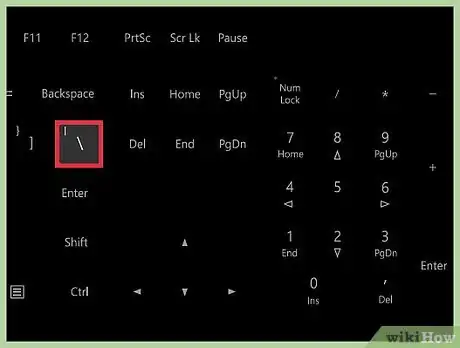
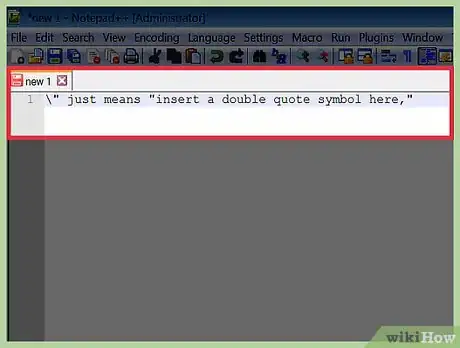
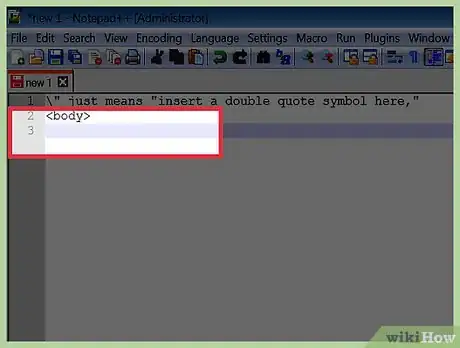

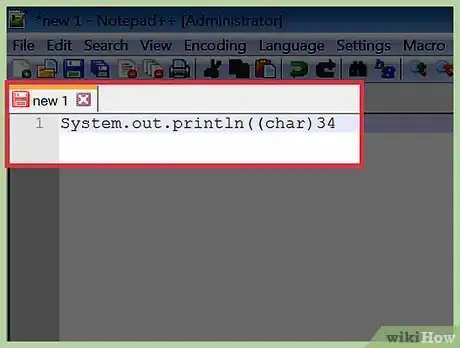
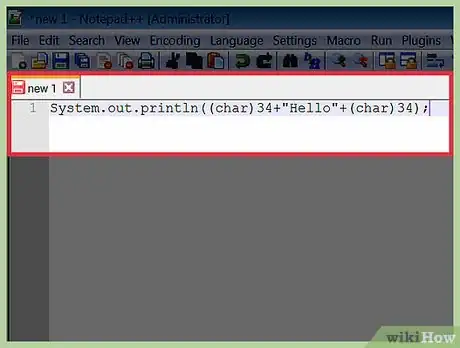
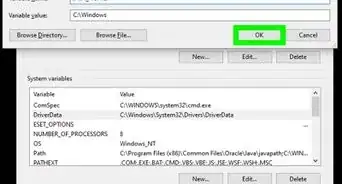
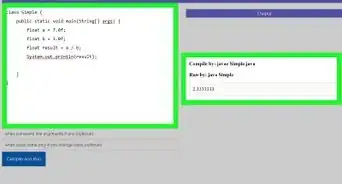

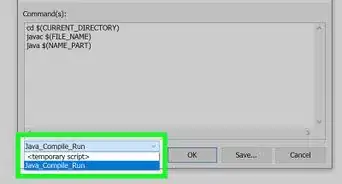
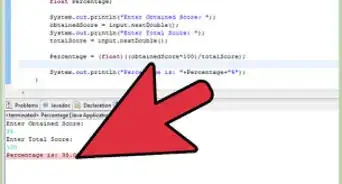

-Step-42.webp)
